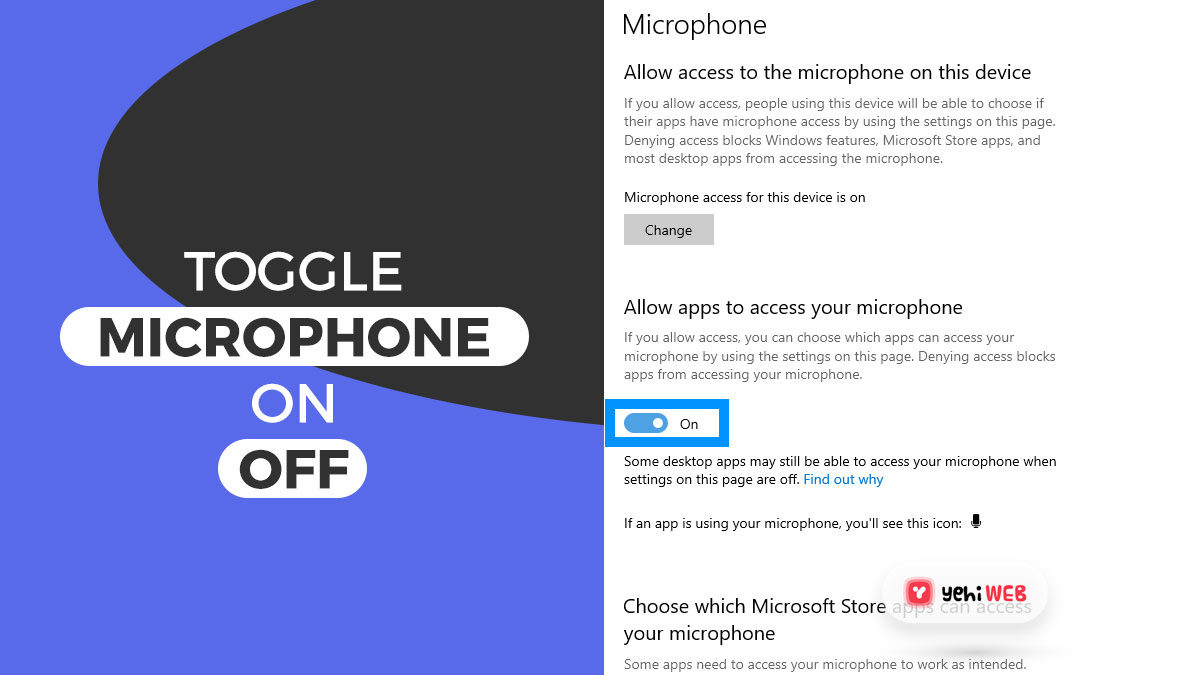The latest evolution in conversational AI, ChatGPT’s Advanced Voice Mode, reflects a significant leap forward in human-computer interaction. Developed by OpenAI and available to users of ChatGPT-4 with Plus access, this feature enables real-time, naturalistic conversation capabilities. Unlike traditional voice assistants, ChatGPT’s new mode combines cutting-edge speech recognition, voice synthesis, and deep contextual awareness to deliver a fluid and intuitive communication experience.
Whether you’re looking to simplify your workflow, enhance your accessibility tools, or simply explore what the forefront of AI feels like, understanding how to use Advanced Voice Mode effectively is key. This guide walks you through how to access, utilize, and make the most out of this powerful tool.
What is ChatGPT’s Advanced Voice Mode?
At its core, Advanced Voice Mode allows users to interact with ChatGPT using real-time voice input and receive fully synthesized verbal responses. This goes beyond simple “text-to-speech” by incorporating conversational pacing, tone modulation, and contextual feedback to simulate a more lifelike interaction.
This feature leverages state-of-the-art speech recognition and generation models, engineered for high accuracy and low latency. Conversations can be dynamic—with ChatGPT capable of handling interruptions, maintaining back-and-forth flows, and adjusting its speech style based on the user’s tone and intent.

Requirements to Access Advanced Voice Mode
As of now, this feature is part of a limited rollout and available only under specific conditions:
- ChatGPT Plus Subscription: Users must be subscribed to the ChatGPT Plus plan to access GPT-4 capabilities, under which the Advanced Voice Mode exists.
- Mobile App Usage: The feature is currently deployed for use within the official ChatGPT mobile apps (iOS and Android). Desktop functionality is being explored but is not widely available yet.
- Feature Availability: OpenAI is gradually rolling out this feature to users. If it hasn’t appeared for you yet, make sure your app is updated, and check regularly as availability expands.
If all criteria are met but the feature remains inaccessible, you might want to contact OpenAI support or check community updates for rollout timelines.
How to Enable Advanced Voice Mode
Once you confirm you’re eligible, follow these steps to activate and start using Voice Mode effectively:
- Install or Update the ChatGPT App: Ensure you’re running the latest version of the app on your mobile device.
- Log in with Your Plus Account: Sign in using the credentials tied to your Plus subscription.
- Select GPT-4: Tap on the model dropdown in the chat interface and ensure GPT-4 is selected.
- Activate Voice Mode: Tap on the microphone icon available on the home chat screen. This activates voice input mode.
- Choose a Voice: If this is your first time, you’ll be prompted to choose between five AI voice personalities. These differ in tone and delivery style to suit various user preferences.
Once initialized, you can begin speaking directly to ChatGPT, which will respond in kind using synthesized speech.
Best Practices for Using Voice Mode
To ensure a smoother and more meaningful conversation with ChatGPT using voice, consider the following guidelines:
- Speak Clearly: Ensure minimal background noise when speaking to improve the system’s transcription accuracy.
- Use Natural Phrasing: The AI is optimized for natural, conversational language. Avoid overly robotic phrases.
- Allow Response Time: Permit the system a moment to process and respond before interrupting or speaking again.
- Provide Context: If you’re switching topics or referencing past conversations, offer brief reminders or cues to guide the AI.
Advanced Features and Capabilities
What sets Advanced Voice Mode apart is its ability to handle real conversational cues. Here are some standout abilities:
- Mid-Sentence Cut-Offs: Users can interrupt ChatGPT mid-sentence, and it will adapt and adjust the conversation accordingly.
- Emotive Speech: Depending on the chosen voice and context, ChatGPT modulates emotional tone—sounding empathetic, excited, or formal when appropriate.
- Memory Contexts: When enabled, ChatGPT can recall information provided over the course of the conversation, enhancing continuity and personalization.
Ideal Use Cases
Voice Mode adds immense value to a wide range of scenarios. Here are a few examples where it truly excels:
- Accessibility: For users with vision impairments or mobility issues, voice accessibility opens more inclusive communication paths.
- Driving or Multitasking: Keep your hands free while still getting useful information or assistance from ChatGPT.
- Language Practice: Practice your speaking skills in another language by having a live conversation with ChatGPT.
- Real-Time Brainstorming: Talk through ideas, projects, or issues in real time without breaking your flow.

Tips to Enhance the Experience
Although Advanced Voice Mode is intuitive, a few tweaks can help maximize your interaction quality:
- Use Headphones: Minimizes background noise and echoing, especially when speaking longer sentences.
- Experiment with Voice Choices: Test the available AI voices to find one that fits your preferred pace and clarity.
- Ask Meta-Questions: If you’re unsure how to phrase something, ask ChatGPT directly: “How should I get started with learning Japanese?”
- Switch to Text as Needed: In noisy environments or for complex queries, tapping in a request can improve response precision.
Known Limitations
As impressive as the system is, it’s important to keep expectations realistic:
- Latency Surges: During high server loads, responses may experience short delays.
- No Offline Mode: All speech processing requires an active internet connection.
- Limited Memory: Unless memory is enabled, ChatGPT doesn’t retain long-term information beyond a single chat session.
- Accents and Dialects: While recognition is improving, it may struggle with heavy accents or niche dialects.
Looking Ahead
Advanced Voice Mode is still in development and being fine-tuned based on user feedback. OpenAI has plans to expand its voice library, improve nuance detection, and potentially bring desktop compatibility in the near future.
It’s a compelling preview of how AI will be increasingly woven into our daily lives—not just as passive tools, but as active collaborators in everything from productivity to creativity.
Conclusion
Harnessing the power of ChatGPT’s Advanced Voice Mode is more than a technical novelty—it’s a step into the future of intuitive, human-centered computing. With natural conversation, lifelike speech synthesis, and contextually rich responses, it’s poised to redefine digital interaction.
Whether you’re an early adopter or a curious newcomer, the best way to explore this groundbreaking feature is simply to press the mic and start talking. From there, the future of voice AI is just one conversation away.
yehiweb
Related posts
New Articles
The Polyglot Platform: Taking Your WordPress Site Global with AI Bud
The English-speaking web is saturated. For every keyword you try to rank for in the US or UK, there are…


